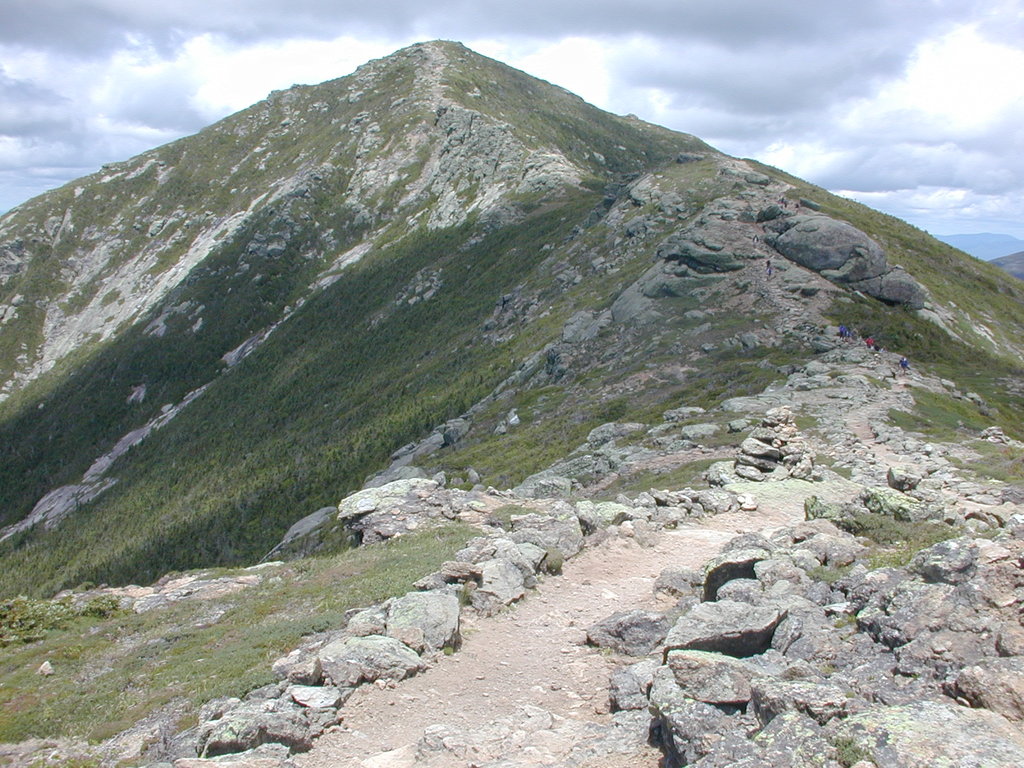Why are Mount Lincoln So Prominent?
Unveiling the Majesty: Exploring the Significance of Mount Lincoln's Prominence
Mount Lincoln

Mount Lincoln, standing proudly as the eighth-highest summit of the Rocky Mountains in North America and the state of Colorado, captivates adventurers and nature enthusiasts alike with its towering presence and breathtaking vistas. At an elevation of 14,293 feet (4,356.5 meters), this majestic fourteener holds a prominent position in the landscape of the Mosquito Range and the contiguous United States. But what exactly makes Mt Lincoln so prominent? Let’s delve into the factors that contribute to the prominence of this iconic peak and uncover the secrets of its allure.
Geological Significance of Mount Lincoln
Formation and Geology
Mount Lincoln owes its prominence to the geological forces that shaped the landscape of the Rocky Mountains millions of years ago. The Mosquito Range, where Mt Lincoln is located, is characterized by uplift and erosion processes that have sculpted the rugged terrain we see today.
Fourteener Status
As one of Colorado’s fourteeners, Mount Lincoln holds a special distinction in the realm of mountain peaks. Fourteeners, or mountains exceeding 14,000 feet in elevation, are revered for their altitude and challenge, attracting hikers and climbers seeking adventure and accomplishment. Mt Lincoln’s elevation places it among the elite ranks of Colorado’s highest peaks, contributing to its prominence in the Rocky Mountain landscape.
Unique Features of Mount Lincoln
Panoramic Views
One of the most striking features of Mount Lincoln is its commanding views of the surrounding landscape. From the summit, hikers are rewarded with panoramic vistas of neighboring peaks, alpine lakes, and expansive valleys stretching to the horizon. The breathtaking scenery adds to Mt Lincoln’s prominence, drawing visitors from near and far to experience its natural beauty.
Alpine Flora and Fauna
Mt Lincoln is home to a diverse array of alpine flora and fauna, adapted to survive in the harsh conditions of high-altitude environments. Hikers may encounter wildflowers, including alpine forget-me-nots and columbines, nestled among rocky outcrops and meadows. Wildlife such as marmots, pikas, and mountain goats roam the slopes, adding to the mountain’s allure and ecological significance.
Cultural and Historical Significance
Native American Connections
Long before European settlers arrived in the Rocky Mountains, Native American tribes inhabited the land, forging deep connections with the natural world. Mount Lincoln and the surrounding landscape hold cultural significance for indigenous peoples, who revered the mountains as sacred spaces and sources of spiritual inspiration.
Exploration and Settlement
The exploration and settlement of the American West brought new attention to the Rocky Mountains, including Mount Lincoln and the Mosquito Range. Pioneers and prospectors ventured into the high country in search of gold, silver, and other valuable minerals, leaving behind a legacy of exploration and discovery that continues to shape the region’s identity. Just as we know Why are Mount Harvard So Prominent?
Recreational Opportunities
Hiking and Climbing
Mount Lincoln offers a range of recreational opportunities for outdoor enthusiasts, including hiking, climbing, and backcountry skiing. Popular routes such as the Decalibron loop provide access to the summit, allowing hikers to experience the thrill of reaching the top of a fourteener. Climbers can test their skills on challenging routes that traverse rocky ridges and steep couloirs, while backcountry skiers can carve turns in the fresh powder of the Mosquito Range.
Adventure Tourism
Mount Lincoln’s prominence as a fourteener has made it a magnet for adventure tourism, drawing visitors from around the world to explore the rugged beauty of the Colorado Rockies. Guided tours, outdoor recreation outfitters, and mountain lodges cater to travelers seeking adrenaline-filled experiences and unforgettable memories in the high country.
Conservation and Stewardship
Environmental Preservation
Preserving the natural beauty and ecological integrity of Mount Lincoln and the Mosquito Range is essential for future generations to enjoy. Conservation efforts, including trail maintenance, land management strategies, and environmental education programs, aim to protect sensitive alpine ecosystems and minimize the impact of human activity on the mountain environment.
Stewardship Ethics
As stewards of the land, hikers, climbers, and outdoor enthusiasts have a responsibility to tread lightly and leave no trace while exploring Mt Lincoln and other wilderness areas. Adopting Leave No Trace principles, respecting wildlife habitats, and practicing responsible recreation are essential for preserving the mountain’s natural and cultural heritage for generations to come.
Conclusion
Mount Lincoln’s prominence in the Rocky Mountains of Colorado is a testament to the enduring power of nature and the human spirit of adventure. From its geological origins to its cultural significance and recreational opportunities, Mt Lincoln embodies the majesty and allure of the high peaks. Whether you’re drawn to its panoramic views, alpine ecosystems, or challenging trails, Mt Lincoln offers an unforgettable experience that celebrates the beauty and wonder of the natural world.
Know More about Mount Lincoln.
What Are The Tourist Places Nearest to Mount Lincoln?
When Were Mount Lincoln Formed?
Where Are Mount Lincoln Located?
Who Discovered Mount Lincoln?
How to Reach Mount Lincoln?




